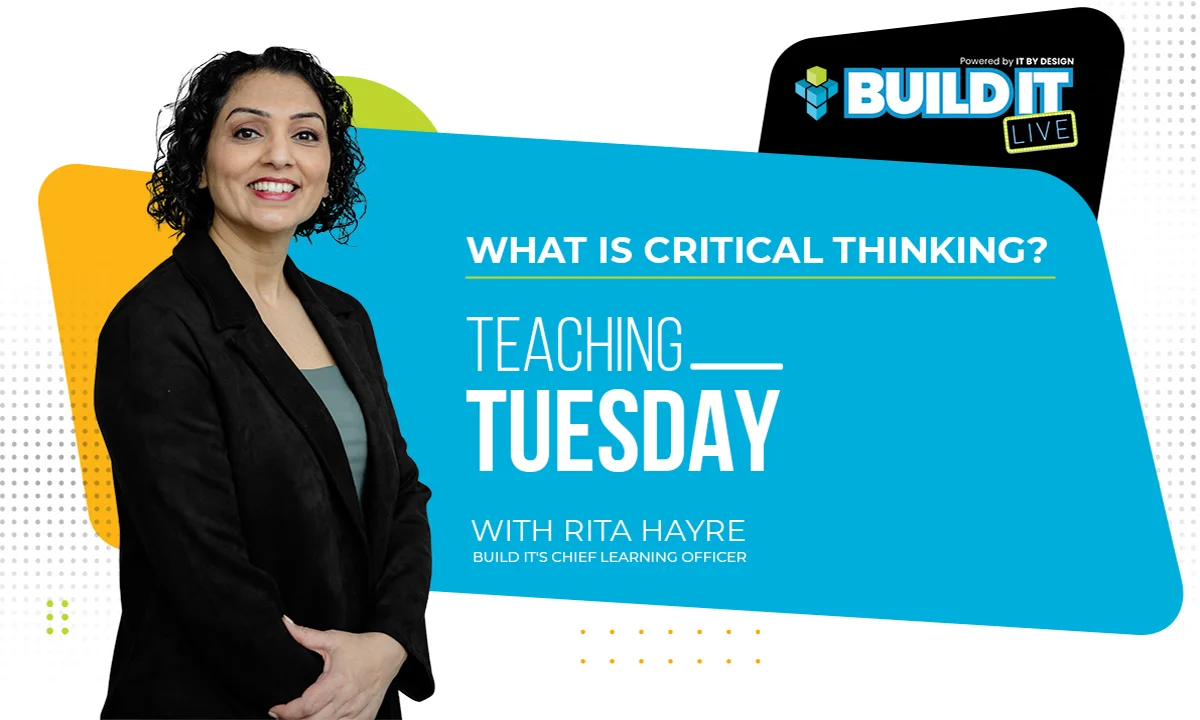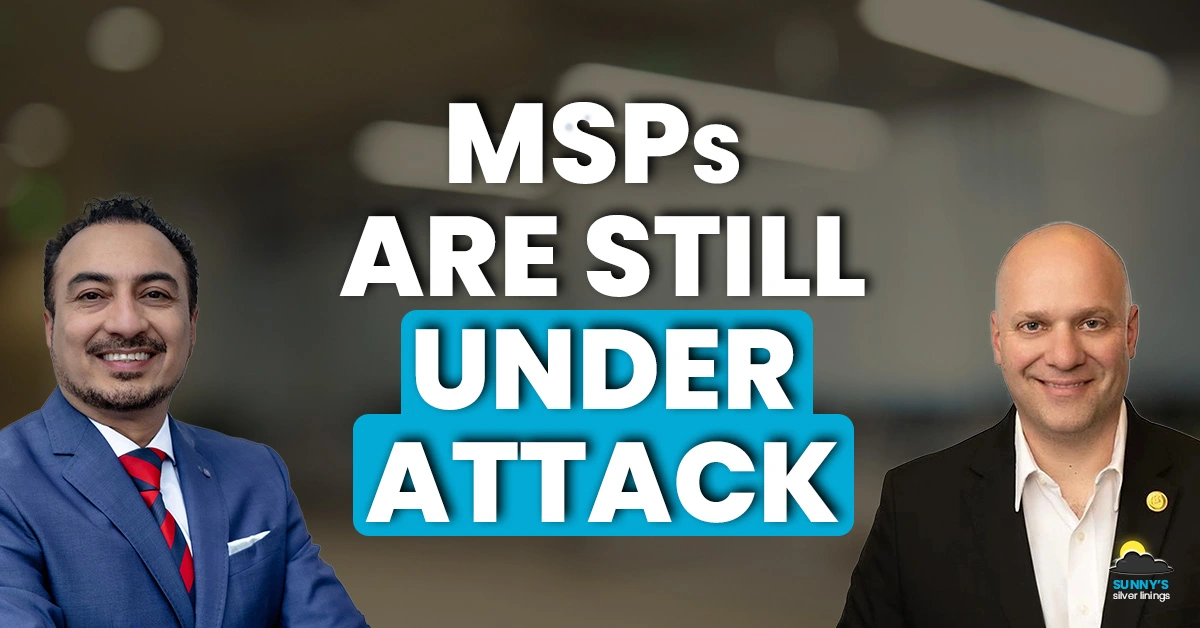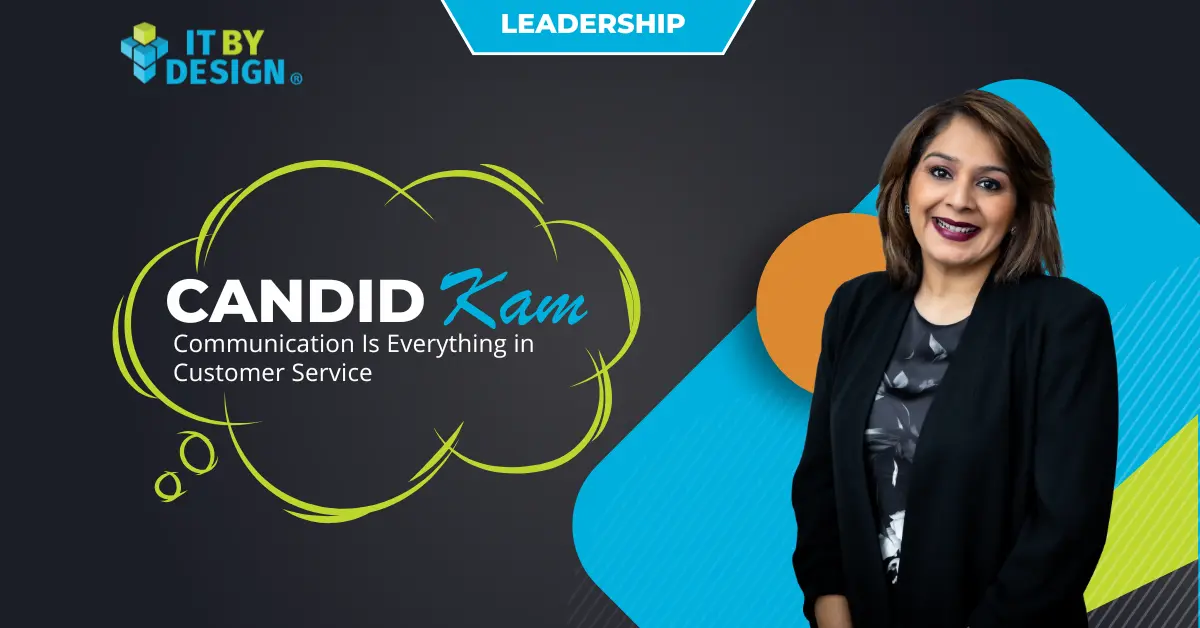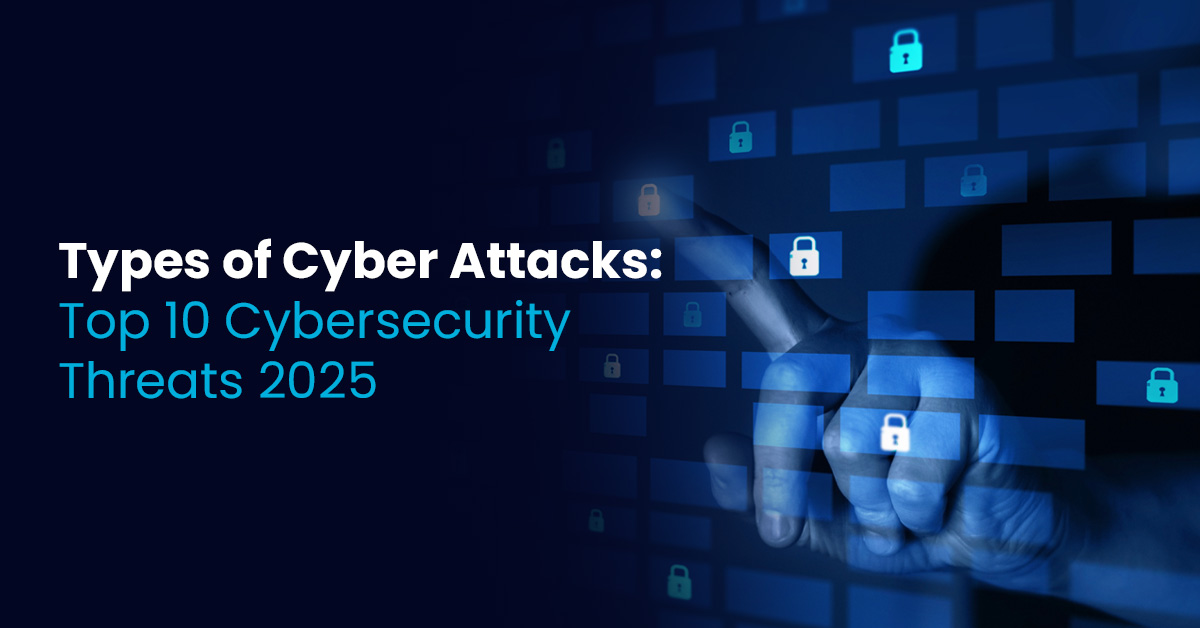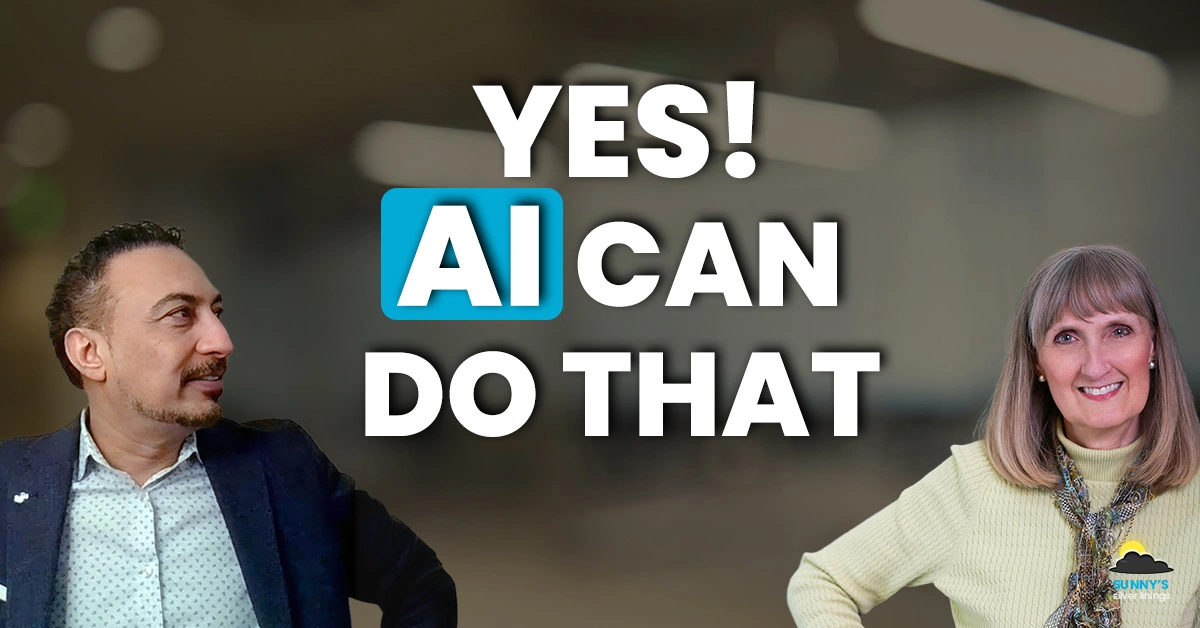As leaders, our decisions can profoundly impact the success or failure of projects, departments, or even organizations. It is imperative to the business unit’s success that we are clearly and objectively looking at problems and potential opportunities to make optimal decisions. Sometimes the optimal decision is to move forward with a plan of action, pivot your direction or plan, and occasionally, not do anything at all. To reassure the various stakeholders, you want them to be aware of the factors you considered and how you came to your decision, thereby assuring them that you used critical thinking skills for your decision.
What is Critical Thinking?
Critical thinking is being able to look at a situation and think rationally about that situation and the factors at play, then objectively gaining, assessing, and reviewing information that is impactful to the situation by removing your own personal biases, beliefs, and subjective opinions, to make the most informed and subsequently optimal decision.
What are the 7 Steps to Critical Thinking?
- Clarify the Issue: To begin the critical thinking process, we must first ensure that we are clear on the issue or problem we are trying to address or solve.
- Gather the Information: Gather the Information: What information you need to know about this issue is available? What information do you need to find to make an informed decision? It is important to ensure that you are not only gathering data that supports your beliefs or values – gather all of the information.
- Examine and Evaluate the Evidence: Review the credibility and validity of the information you gathered. Identify any biases that may impact the decision-making process. Ensure there is actual evidence to support any assumptions. Figure out which information is actually relevant to your issue.
- Identify Alternatives: Based on the validated information you have gathered, what are the potential options to address the issue? At this stage, you are identifying all possibilities rather than the optimal decision. You are also determining the pros and cons of each alternative for your situation.
- Self-reflection & Checking for Bias: This is perhaps one of the hardest steps in this process. Really look at yourself and the information that you have gathered, with the potential alternative solutions with their pros and cons, and ask yourself if you were biased when you were:
- Clarifying the issue
- Gathering the information
- Examining and evaluating the evidence
- Identifying alternatives
- Make a Decision: Based on the pros and cons of the alternatives you have identified, select the option you will move forward for implementation.
- Communicate Your Rationale: Going through this process makes it easier to share your decision and its rationale with the stakeholders.
Using this type of step-by-step framework enables leaders to make informed decisions about problems and issues they are experiencing.

